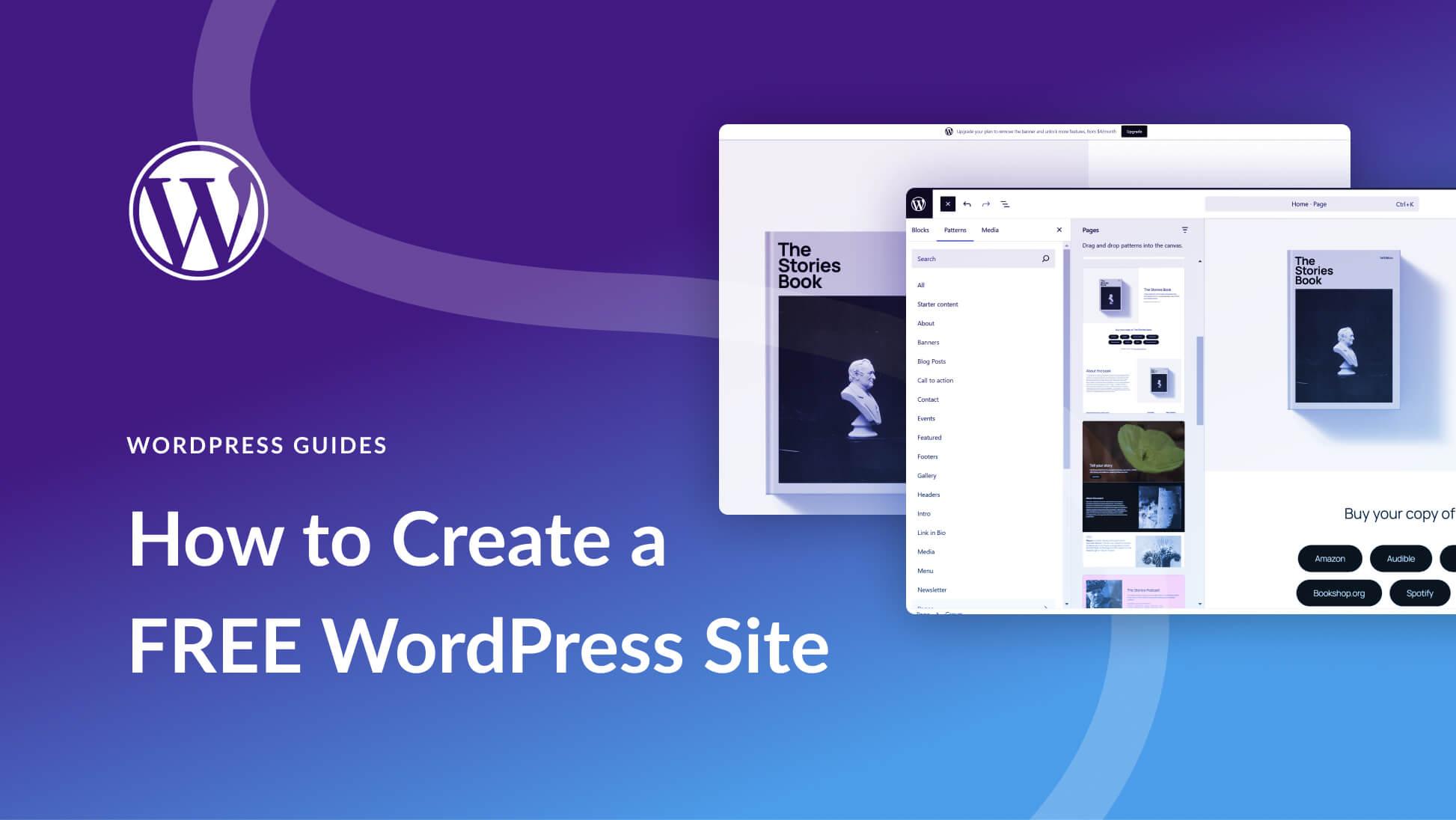Are you ready to dive into the world of WordPress but feeling overwhelmed by where to start? You’re not alone! With its vast capabilities, WordPress can seem daunting at first, but the good news is that mastering it doesn’t have to be a chore. In fact, learning WordPress can be an exciting journey that opens doors to endless possibilities for your personal projects or business ventures. In this article, we’ll guide you through the most effective way to learn WordPress in 2025, complete with a clear roadmap and curated tutorials that make the process as smooth as possible. Whether you’re a complete newbie or looking to brush up on your skills, we’ll provide you with actionable steps and insider tips to ensure you’re not just learning—you’re learning the RIGHT way. So, grab a cup of coffee, settle in, and let’s unlock the power of WordPress together!
Understanding the Basics of WordPress: Your First Step to Success
WordPress is a powerful platform that has become the backbone of millions of websites. Whether you’re a budding blogger, a business owner, or a creative professional, understanding the core concepts of WordPress is crucial for your success. From its user-friendly interface to its vast array of plugins and themes, WordPress empowers you to create a site that meets your unique needs.
To get started, familiarize yourself with the WordPress Dashboard. This is where you’ll manage all aspects of your site, including:
- Posts: Create and manage your blog posts.
- Pages: Build static pages like About and Contact.
- Media: Upload and manage your images, videos, and documents.
- Appearance: Customize your site’s design and layout.
- Plugins: Extend your site’s functionality with additional features.
Another essential concept to grasp is the difference between Pages and Posts. Pages are meant for static content and are not time-sensitive, while posts are dynamic and typically displayed in reverse chronological order. Understanding this difference will help you organize your content effectively, catering to your audience’s needs.
When it comes to design, exploring the Theme Repository can be a game-changer. There are thousands of free and premium themes that you can use to give your site a professional look. Here’s a simple table to showcase some popular WordPress themes:
| Theme Name | Best For | Price |
|---|---|---|
| Astra | Businesses & Blogs | Free / Premium |
| Divi | Creative Professionals | $89/year |
| OceanWP | WooCommerce Sites | Free / Premium |
| Neve | Startups & Small Businesses | Free / Premium |
In addition to themes, harnessing the power of plugins can take your site to the next level. From SEO optimization to social media integration, plugins allow you to customize your WordPress site’s capabilities without needing to code. Start with essential plugins like:
- Yoast SEO: Optimize your content for search engines.
- WooCommerce: Transform your site into an online store.
- Contact Form 7: Easily manage your contact forms.
Embarking on your WordPress journey may seem daunting, but with these foundational elements in place, you’re well on your way to creating a successful web presence. Remember, the key is to start simple, explore the features at your disposal, and gradually expand your skill set as you gain confidence. With dedication and the right resources, you’ll soon master WordPress and unlock its full potential for your projects.
Choosing the Right Hosting Provider: The Foundation of Your Site
When it comes to establishing your online presence, the choice of a hosting provider is crucial. Your website’s performance, security, and scalability all hinge on this decision. With countless options available, understanding what to look for can make a significant difference in your WordPress experience.
Here are some key attributes to consider when selecting a hosting provider:
- Performance: Look for a host that guarantees fast loading times. A slow website can frustrate visitors and lead to higher bounce rates.
- Uptime: A reliable hosting provider should offer an uptime guarantee of 99.9% or higher. Downtime can affect your site’s credibility and SEO rankings.
- Customer Support: 24/7 support is essential. Choose a host that offers multiple support channels, including live chat, email, and phone support.
- Scalability: As your site grows, you’ll want to easily upgrade your hosting plan. Ensure the provider offers flexible plans to accommodate your needs.
- Security Features: Look for hosts that provide SSL certificates, regular backups, and malware scanning to keep your site safe from threats.
When evaluating different hosting providers, it can be beneficial to compare their offerings side by side. Here’s a simple table to help you visualize some popular options:
| Hosting Provider | Uptime Guarantee | Support | Starting Price |
|---|---|---|---|
| SiteGround | 99.99% | 24/7 Live Chat | $3.99/month |
| Bluehost | 99.98% | Email & Phone | $2.95/month |
| HostGator | 99.9% | 24/7 Support | $2.75/month |
| WP Engine | 99.95% | 24/7 Phone & Chat | $20/month |
In addition to these factors, consider the specific needs of your website. Are you planning to host a simple blog, or do you anticipate high traffic for an e-commerce site? Your hosting needs will vary based on your goals, so take the time to thoroughly research and choose a provider that aligns with your vision. Remember, this foundation will support everything else you build, so choose wisely!
Exploring Themes and Customization: Making WordPress Your Own
WordPress is not just a platform; it’s a canvas for your creativity. The true beauty of WordPress lies in its ability to be shaped and molded to fit your unique vision. Whether you’re running a blog, an online store, or a portfolio, the themes you choose and the customizations you implement are essential in making your site reflect your personality and brand.
Themes serve as the foundation of your WordPress site. They dictate the layout, color schemes, and overall aesthetic. Here are a few points to consider when exploring themes:
- Responsive Design: Ensure your theme looks great on all devices.
- Customization Options: Look for themes that allow you to tweak colors, fonts, and layouts easily.
- Support and Updates: Choose themes that are regularly updated and supported by their developers.
Once you’ve selected a theme, the real fun begins! Customizing your WordPress site can be as straightforward or as intricate as you want it to be. With options like the WordPress Customizer, you can make real-time changes to your site:
| Customization Aspect | Description |
|---|---|
| Header & Footer | Modify your logo, navigation menus, and footer widgets. |
| Colors & Fonts | Choose your site’s color palette and typography. |
| Widgets | Add interactive features like contact forms, social media feeds, and more. |
For those who crave deeper customization, diving into CSS and PHP can unlock a world of possibilities. Here’s what you can do:
- Custom CSS: Override existing styles to make your site truly unique.
- Child Themes: Create a child theme to modify templates without losing changes during updates.
- Plugins: Enhance functionality with plugins that can add features like SEO tools, security enhancements, and social sharing options.
Remember, the goal of customization is not just to change how things look, but to create a user-friendly experience that keeps your audience engaged. By thoughtfully selecting themes and customizing them, you can craft a website that not only stands out but also serves your visitors’ needs effectively.
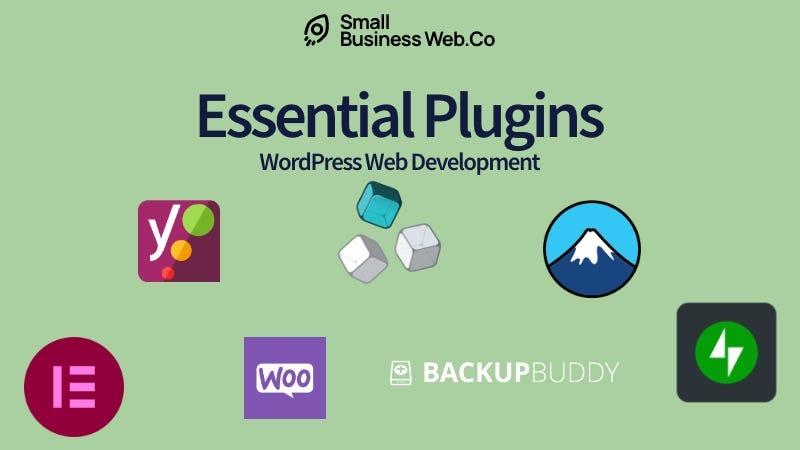
Essential Plugins You Cant Live Without: Boosting Functionality Effortlessly
When it comes to enhancing your WordPress site, plugins are your best friends. They can transform a basic website into a powerful platform equipped with all the functionalities you need. Here’s a curated collection of essential plugins that will empower your site without overwhelming you.
First off, let’s talk about SEO. Without proper optimization, your beautiful content may go unnoticed. These plugins will help you climb the search engine rankings:
- Yoast SEO: A complete solution for optimizing your content with easy-to-follow guidelines.
- Rank Math: A flexible SEO plugin that integrates easily, helping you with on-page SEO and making recommendations.
Next, consider security. Protecting your site from malicious attacks is crucial. Here are two great options:
- Wordfence Security: This plugin offers robust, real-time protection against hacking attempts.
- Sucuri Security: A comprehensive solution that includes malware scanning and security hardening.
Performance is key, too. A fast website keeps visitors engaged and improves your SEO. Optimize your site with these plugins:
- WP Rocket: A caching plugin that boosts your site speed with minimal configuration.
- Smush: Image optimization to ensure your images are lightweight without losing quality.
| Functionality | Plugin | Purpose |
|---|---|---|
| SEO | Yoast SEO | Content optimization |
| Security | Wordfence Security | Malware protection |
| Speed | WP Rocket | Site caching |
| Image Optimization | Smush | Image compression |
With these plugins at your fingertips, you’ll be able to focus on creating content while knowing that your site is secure, fast, and optimized for search engines. As you venture into the world of WordPress, remember that the right tools will make all the difference in your online success.

Mastering the Dashboard: Navigating WordPress Like a Pro
Welcome to the heart of your WordPress journey: the dashboard. This powerful interface is where you’ll manage your content, customize your site, and engage with your audience. Understanding how to navigate it efficiently can mean the difference between a chaotic experience and a smooth sailing adventure in website creation.
First things first, let’s break down the main components of your dashboard. Familiarizing yourself with these areas will make you feel right at home:
- Posts: This is where you create and manage blog entries.
- Pages: Use this for timeless content such as ‘About’ or ‘Contact’ pages.
- Media: Upload images, videos, and other files that enhance your content.
- Appearance: Customize the look of your site through themes, widgets, and menus.
- Plugins: Extend functionality with various tools designed for specific needs.
- Settings: Adjust site settings, including titles, permalinks, and user management.
To make your navigation even more efficient, consider utilizing keyboard shortcuts that can save you time. A few handy ones include:
| Shortcut | Function |
|---|---|
| Ctrl + N | Create a new post |
| Ctrl + P | Preview your post |
| Ctrl + S | Save draft |
| Alt + Shift + W | Open the WordPress help menu |
Another tip for mastering your dashboard is to customize your admin menu. You can rearrange items or hide the ones you rarely use. This declutters your workspace, allowing you to focus on what truly matters: crafting great content. Plus, utilizing the ‘Screen Options’ button at the top of the dashboard gives you further control over what you see, tailoring it to your specific needs.
remember that practice makes perfect. The more you explore, the more intuitive your navigation will become. Don’t hesitate to experiment with different themes and plugins; this hands-on approach will deepen your understanding and enhance your skills in managing your WordPress site like a pro.

Creating Compelling Content: Tips for Blogs, Pages, and Beyond
Creating content that captivates your audience is an art that can significantly enhance your WordPress journey. Here are some key strategies to help you craft engaging and informative posts that keep readers coming back for more:
- Know Your Audience: Understanding who you’re writing for is crucial. Tailor your content to meet their needs, preferences, and pain points.
- Use Active Voice: Active voice makes your writing more dynamic and engaging. For instance, instead of saying “The tutorial was completed by me,” say “I completed the tutorial!”
- Incorporate Visuals: Images, infographics, and videos can break up text and illustrate complex ideas, making your content more digestible.
- Optimize for SEO: Use relevant keywords, meta descriptions, and alt tags to improve your visibility on search engines without compromising the quality of your content.
Furthermore, the structure of your content plays a vital role in keeping readers engaged. Here’s a handy tip:
| Content Element | Purpose |
|---|---|
| Headings | Break up text and guide readers through your post. |
| Paragraphs | Keep them short and focused to enhance readability. |
| Bullet Points | Highlight essential information easily. |
In addition to structure, don’t underestimate the power of storytelling. Weave personal anecdotes or case studies into your content to create a connection with your audience. For instance, sharing your journey of mastering WordPress can inspire others and offer them relatable insights.
Lastly, encourage interaction by prompting your readers to leave comments and feedback. Questions at the end of your posts can spark discussions and foster a community around your content, making your blog a go-to resource for WordPress learners.
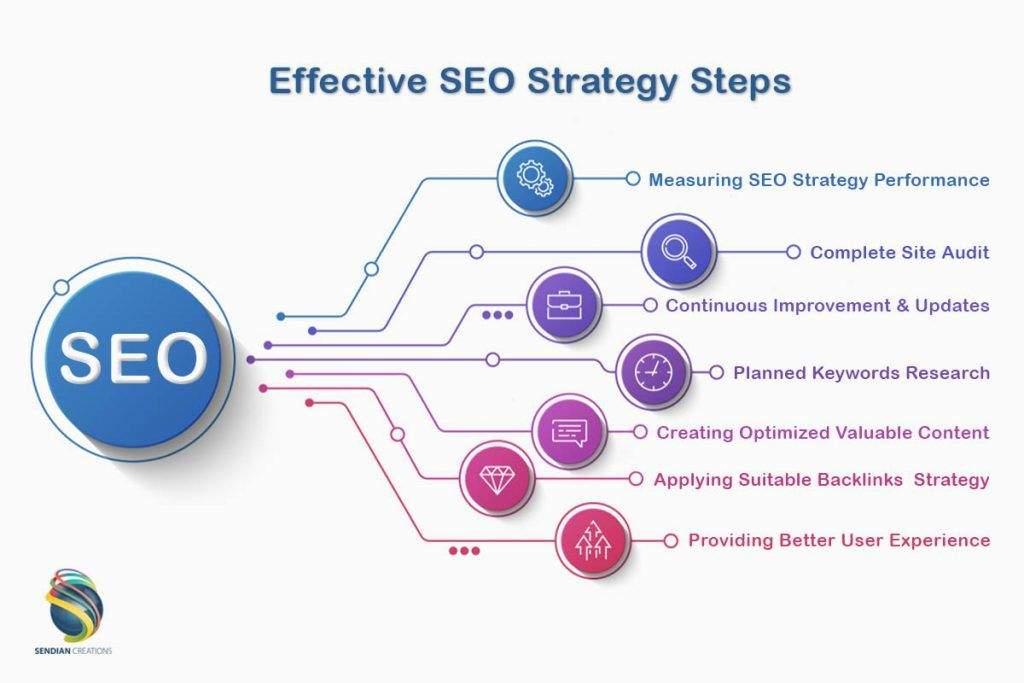
SEO Strategies for WordPress: Getting Found in a Crowded Space
With the ever-growing competition online, implementing effective SEO strategies for your WordPress site is crucial to stand out. A well-optimized site not only improves your chances of being found by potential visitors but also enhances the overall user experience. Here are some essential strategies to help you position your WordPress site at the forefront of search engine results.
Utilize SEO Plugins
One of the easiest ways to bolster your site’s SEO is by leveraging WordPress plugins designed specifically for optimization. Consider installing:
- Yoast SEO: Offers actionable insights and helps with on-page optimization.
- All in One SEO Pack: A comprehensive tool that provides a range of SEO features.
- Rank Math: A user-friendly plugin that simplifies SEO management.
These plugins can guide you in optimizing titles, meta descriptions, and even improving readability—all vital components for better search visibility.
Keyword Research and Implementation
Understanding your audience’s search behavior begins with thorough keyword research. Use tools like Google Keyword Planner or Ubersuggest to identify relevant keywords that align with your content. Once you have your target keywords:
- Incorporate them naturally into your content.
- Use them in headings and subheadings to enhance structure.
- Place them in your URL slugs for added relevance.
Remember, the goal is to create valuable content that addresses your audience’s needs while also being search engine-friendly.
Optimize Images and Media
Images enhance user engagement but can also slow down your site if not optimized. To maintain a balance:
- Use descriptive file names and alt tags to improve searchability.
- Compress images to boost loading speed without sacrificing quality.
- Consider using formats like WebP for lighter file sizes.
Optimizing your media not only contributes to better SEO but also ensures a smoother experience for your visitors.
Build Quality Backlinks
Gaining backlinks from reputable sites is one of the most powerful tactics for improving your site’s authority. Focus on:
- Creating high-quality, shareable content that others want to link to.
- Guest posting on relevant blogs to drive traffic and earn backlinks.
- Networking with industry influencers to promote collaborations.
Backlinks enhance your credibility in the eyes of search engines, pushing your site higher in search results.
Monitor and Adjust Your Strategy
Regularly analyzing your website’s performance is vital. Use tools like Google Analytics and Google Search Console to track:
| Metric | Importance |
|---|---|
| Organic Traffic | Indicates how many users find you via search engines. |
| Bounce Rate | Shows the percentage of visitors leaving quickly, indicating content relevance. |
| Conversion Rate | Measures how many visitors take desired actions, reflecting your site’s effectiveness. |
By keeping a close eye on these metrics, you can adjust your SEO strategies as needed, ensuring continuous growth and visibility.
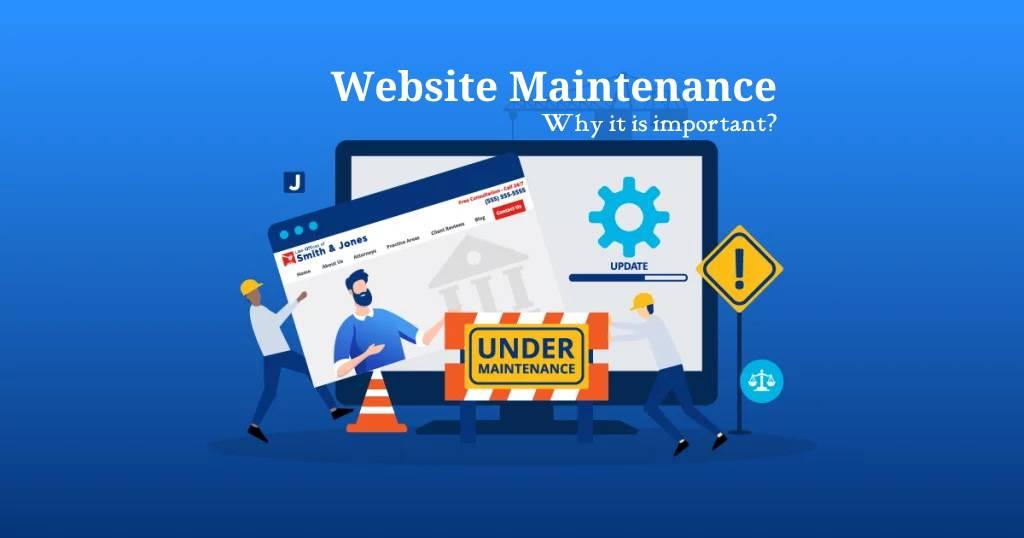
Maintaining Your Site: Best Practices for Performance and Security
To ensure your WordPress site remains robust and secure, regular maintenance is essential. By following a few best practices, you can enhance both performance and security, leading to a better user experience and improved search engine rankings.
Regular Updates: Keeping your WordPress core, themes, and plugins updated is crucial for performance and security. Updates often include patches for vulnerabilities and enhancements that can significantly speed up your site. Set a reminder to check for updates weekly or enable automatic updates for critical components.
Backups: Always have a reliable backup strategy in place. This ensures that if something goes wrong, you can quickly restore your website to its previous state. Consider using plugins like UpdraftPlus or BackupBuddy to automate this process. Here’s a simple backup schedule:
| Backup Frequency | Recommended Method |
|---|---|
| Daily | For eCommerce sites |
| Weekly | For blogs or small sites |
| Monthly | For static sites |
Optimize Performance: Speed plays a vital role in user retention and SEO. Use caching plugins like WP Super Cache or W3 Total Cache to store static versions of your pages. Additionally, optimize images using tools like Smush or EWWW Image Optimizer to reduce load times without sacrificing quality.
Security Measures: Implement basic security practices such as using strong passwords and enabling two-factor authentication. Regularly scan your site for malware with plugins like Wordfence or Sucuri. Consider adding a web application firewall (WAF) for an extra layer of protection.
By incorporating these practices into your routine, you’ll not only protect your site from potential threats but also enhance its overall performance. A well-maintained website is more likely to attract and retain visitors, turning casual browsers into loyal customers.
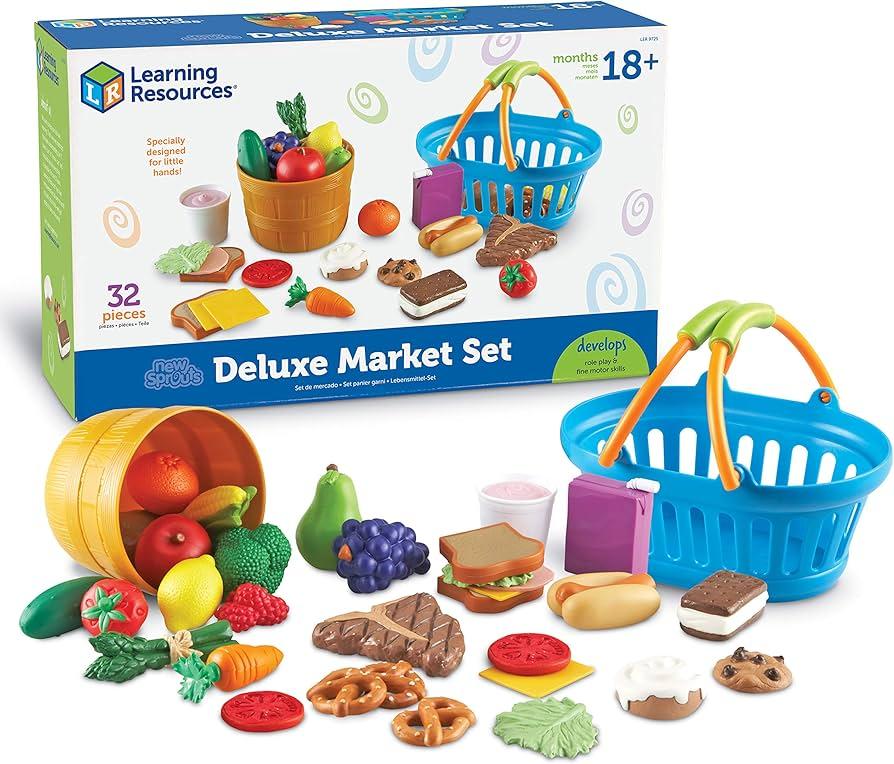
Learning Resources: Where to Find the Best Tutorials and Communities
Diving into WordPress can be overwhelming at first, but there’s a treasure trove of resources available that can make your journey smoother and more enjoyable. Here’s a curated list of places where you can find top-notch tutorials and engaging communities to help you along the way.
- Official WordPress Documentation: The first stop for any serious learner should be the WordPress Codex. It’s packed with guides, tutorials, and reference materials straight from the source.
- YouTube Channels: Visual learners will thrive on platforms like YouTube. Channels such as WordPress TV and WPBeginner offer step-by-step videos that cover everything from the basics to advanced techniques.
- Online Courses: Websites like Udemy and Coursera boast comprehensive courses designed for all skill levels. Look for ones with high ratings and positive reviews to ensure quality learning.
- Forums and Communities: Engage with fellow learners and experts in forums like the WordPress Support Forums or communities on Reddit. Asking questions and sharing experiences can significantly enhance your understanding.
For a more structured learning experience, consider joining specialized learning platforms. Here’s a quick look at some popular ones that offer WordPress-specific training:
| Platform | Type of Content | Focus Area |
|---|---|---|
| LinkedIn Learning | Video Tutorials | Professional Skills & WordPress Development |
| Skillshare | Hands-on Projects | Creativity & Design |
| WP101 | Beginner Tutorials | General WordPress Use |
| Treehouse | Interactive Learning | Web Development |
don’t underestimate the power of social media groups and local meetups. Platforms like Facebook and Meetup.com host groups where you can connect with WordPress enthusiasts in your area. These gatherings often include workshops, discussions, and networking opportunities that can be invaluable as you learn to navigate the WordPress landscape.
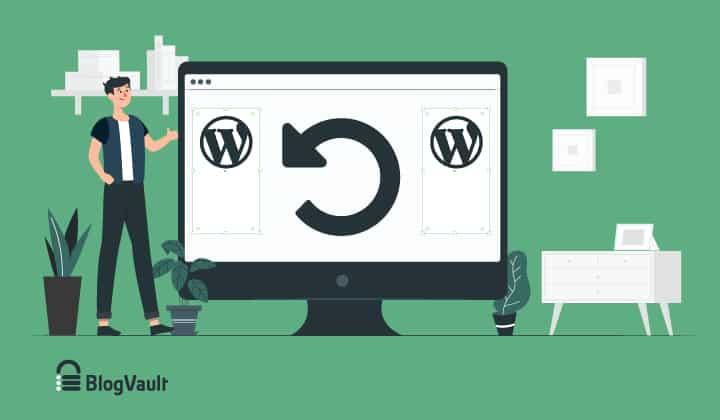
Staying Updated: Adapting to WordPress Changes in 2025 and Beyond
As the digital landscape evolves, WordPress continues to adapt, introducing new features and functionalities that enhance user experience and website performance. Staying informed about these updates is crucial for anyone looking to master this powerful platform. Here are some effective strategies to ensure you’re always in the loop:
- Follow WordPress Blogs and News Sites: Subscribe to reputable WordPress blogs like WPBeginner, WPTavern, and the official WordPress News. These platforms provide timely updates on new releases, best practices, and community insights.
- Join Online Communities: Become a member of WordPress-focused forums such as the WordPress subreddit or Facebook groups. Engaging with other users can help you discover tips, tricks, and resources that you might not find elsewhere.
- Attend Webinars and Workshops: Participate in online training sessions and workshops. Many organizations and experts host free or low-cost webinars to help users navigate changes and maximize their WordPress skills.
In addition to keeping up with news, actively experimenting with new features is essential. When a new version of WordPress is released, take the time to explore its functionalities. Set up a staging site to test updates without affecting your live website. This hands-on approach not only solidifies your understanding but also prepares you to implement these changes effectively.
Moreover, consider leveraging WordPress plugins that automatically update you on the latest changes. Plugins like WP Updates Notifier can send you email alerts regarding updates, ensuring you never miss out on crucial improvements.
| WordPress Resources | Description |
|---|---|
| WPBeginner | A comprehensive resource for tutorials, guides, and updates on WordPress. |
| WPTavern | Focuses on WordPress news, community updates, and plugin reviews. |
| WordPress Subreddit | An active community for sharing knowledge and troubleshooting. |
Lastly, don’t underestimate the power of documentation. WordPress provides extensive documentation for both users and developers. Familiarizing yourself with the WordPress Developer Resources can help you understand the underlying mechanics of the platform and give you an edge when implementing updates.
Frequently Asked Questions (FAQ)
Q&A: How to Learn WordPress: The RIGHT Way! (2025 Roadmap + Tutorials)
Q1: Why is learning WordPress important in 2025?
A1: Great question! WordPress powers over 40% of the internet, making it the most popular content management system (CMS) out there. Learning WordPress in 2025 means you’re tapping into a vast market of opportunities—whether you want to start a blog, launch an online store, or even build websites for clients. It’s not just a skill; it’s an investment in your future!
Q2: What’s the best way to start learning WordPress?
A2: The best way to start is to dive right in! Begin by setting up your own WordPress site. Don’t worry about perfection—just get to know the interface. From there, follow our structured 2025 roadmap that includes tutorials, video guides, and community forums. Learning by doing is key, and with our resources, you’ll feel supported every step of the way.
Q3: Do I need coding skills to learn WordPress?
A3: Not at all! One of the beauties of WordPress is its user-friendly nature. You can create stunning websites using themes and plugins without writing a single line of code. However, if you’re interested, our roadmap includes sections on HTML, CSS, and PHP that introduce coding at your own pace. It’s all about what you want to achieve!
Q4: How long will it take me to become proficient in WordPress?
A4: The timeline can vary, but with consistent practice and dedication, you could become proficient in just a few weeks! Our 2025 roadmap is designed to help you reach milestones quickly and efficiently, whether you’re a complete beginner or looking to sharpen your skills. Remember, practice makes perfect, and the more you experiment, the better you’ll get.
Q5: Are there any costs involved in learning WordPress?
A5: Learning WordPress can be as budget-friendly or as premium as you choose! The platform itself is free, but you may want to invest in a domain name and hosting, which are essential for launching your site. Our roadmap highlights free resources, including tutorials and plugins, to keep your learning journey affordable. It’s about finding the right balance for your goals.
Q6: What resources does your article provide to help me learn?
A6: Our article is packed with a treasure trove of resources! You’ll find step-by-step tutorials, video courses, recommended plugins, and access to community forums where you can ask questions and seek advice. Plus, we break everything down into easy-to-follow sections, so you can learn at your own pace. You won’t be alone on this journey!
Q7: How can I ensure I’m learning the most current practices?
A7: Staying updated is crucial in the ever-evolving world of WordPress! Our 2025 roadmap is specifically designed to incorporate the latest trends, techniques, and tools. We regularly update our content to reflect the current landscape, so you can be sure you’re learning the most relevant practices. Following industry blogs and joining WordPress communities will also help you stay in the loop!
Q8: Can I make money with my WordPress skills?
A8: Absolutely! Mastering WordPress opens up numerous income streams. You can create and sell your own websites, offer freelance services, monetize a blog, or even create online courses. The possibilities are endless! Our roadmap includes tips on how to turn your newfound skills into a profitable venture. With passion and persistence, you could transform your learning journey into a thriving career.
Q9: What’s the biggest mistake beginners make when learning WordPress?
A9: One of the biggest mistakes is not experimenting enough! Many beginners stick to the basics without exploring the vast capabilities WordPress offers. Our article encourages you to play around with themes, plugins, and customizations. The more you experiment, the more you’ll discover the potential of WordPress—and who knows, you might stumble on a unique idea that sets you apart!
Q10: What’s the final takeaway for someone considering learning WordPress?
A10: Take that leap! Learning WordPress is not just about acquiring a skill; it’s about opening doors to creativity and opportunity. Our roadmap is your guide, offering structured learning that fits your lifestyle. Don’t hesitate—start today, and you’ll be amazed at what you can create and achieve. You’ve got this!
To Conclude
And there you have it—the ultimate roadmap to mastering WordPress the right way in 2025! 🌟 Whether you’re a complete novice or looking to sharpen your skills, this guide has provided you with the resources and strategies you need to thrive. Remember, the journey to becoming a WordPress pro doesn’t have to be overwhelming. Take it one step at a time, embrace the learning process, and don’t hesitate to ask questions or seek help from the vibrant WordPress community.
Now it’s your turn! Dive into those tutorials, experiment with your own projects, and most importantly, have fun along the way. The possibilities with WordPress are endless, and each small victory will bring you closer to your goals. So, roll up your sleeves, hit that “install” button, and start building your digital dreams today.
If you found this article helpful, share it with friends, or leave a comment below with your WordPress journey—let’s inspire each other! Happy learning, and here’s to your success in the world of WordPress! 🎉

